Asus ROG Ally vs Steam Deck? I Bet on the Steam Deck Coming Ahead and Here's Why
This is going to be a good one. There’s been a lot of attention given to the upcoming ASUS ROG Ally even though it has not launched yet, as it’s a direct competitor to the Steam Deck, with higher specs mainly around the CPU, GPU and screen performance. The prophets of doom are already out there on many outlets, claiming that the Steam Deck is in trouble! Is this really the end?
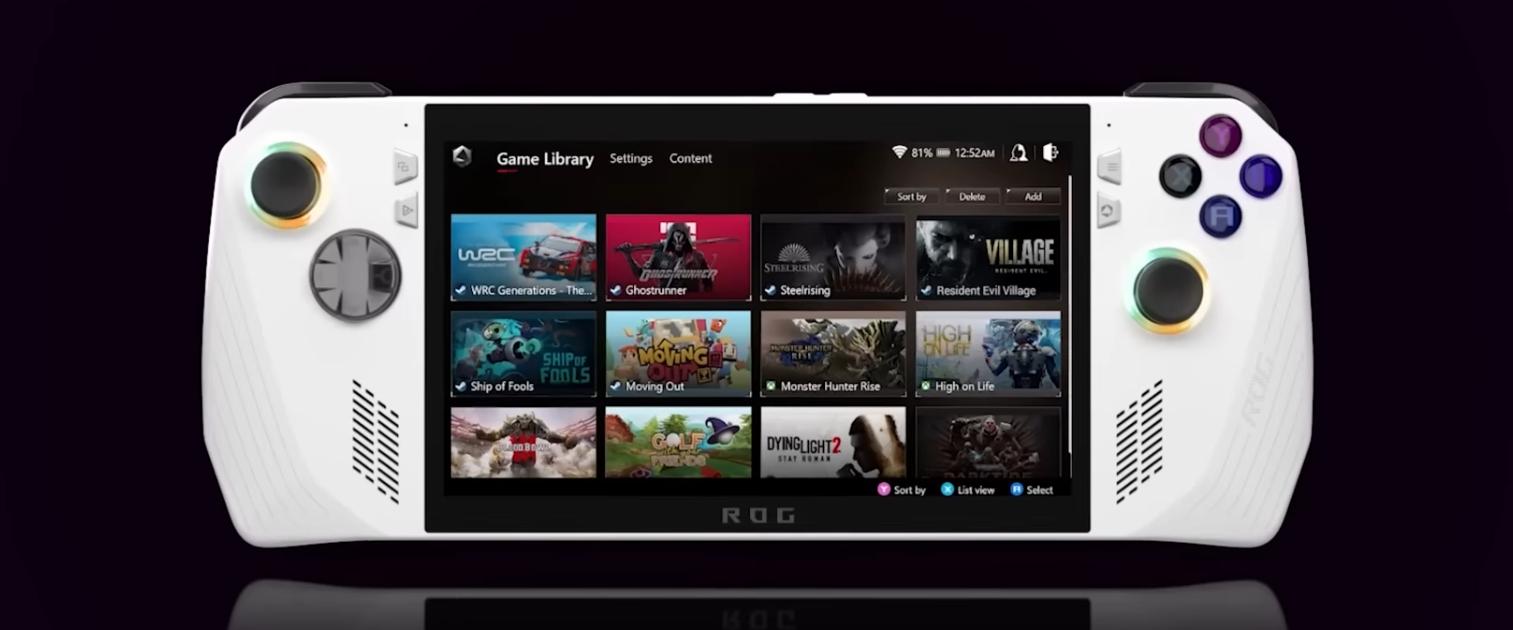
Specs
Let’s have a quick look at the currently known specs (they may change as the ASUS ROG Ally is not released yet).
| Feature | ASUS ROG Ally | Steam Deck |
|---|---|---|
| Price | $699 (still TBD) | $399 to 649 |
| Display | 7-inch, 1920x1080, 120Hz, with touchscreen | 7-inch, 1280x800, 60Hz with VRR and touchscreen |
| Processor | AMD Z1 and Z1 Extreme | AMD Ryzen 7 4800U |
| Graphics | AMD Radeon Navi 3 | AMD Radeon Vega 8 |
| RAM | 16GB DDR5 | 16GB DDR5 |
| Storage | 512GB NVMe | 64GB eMMC or 256GB, 512GB NVMe |
| Battery life | 40Wh | 40 Wh |
| Operating system | Windows 11 | SteamOS |
| Weight | 1.4 pounds (0.64 kg) | 1.5 pounds (0.68 kg) |
| Dimensions | 7.9 x 4.7 x 0.7 inches (200.6 x 119.7 x 17.8 mm) | 7.6 x 4.9 x 0.9 inches (193 x 124.5 x 23 mm) |
| Ports | 1x USB-C 3.2 Gen 2, 1x USB-C 3.2 Gen 2 (DisplayPort), 1x USB-A 3.2 Gen 1, 1x microSD card slot | 1x USB-C 3.2 Gen 2 port, 1x microSD card slot |
| Connectivity | Wi-Fi 6E, Bluetooth 5.0 | Wi-Fi 5, Bluetooth 5.0 |
| Availability | Q4 2023 | Q1 2022 |
Better Performance, at what cost?
Pure performance, sure, the Asus ROG Ally will beat the Steam Deck hands down. The newer Z1 and Z1 extreme chips are able to deliver decent framerates for games running at 1080p, as you can see in this chart from AMD:
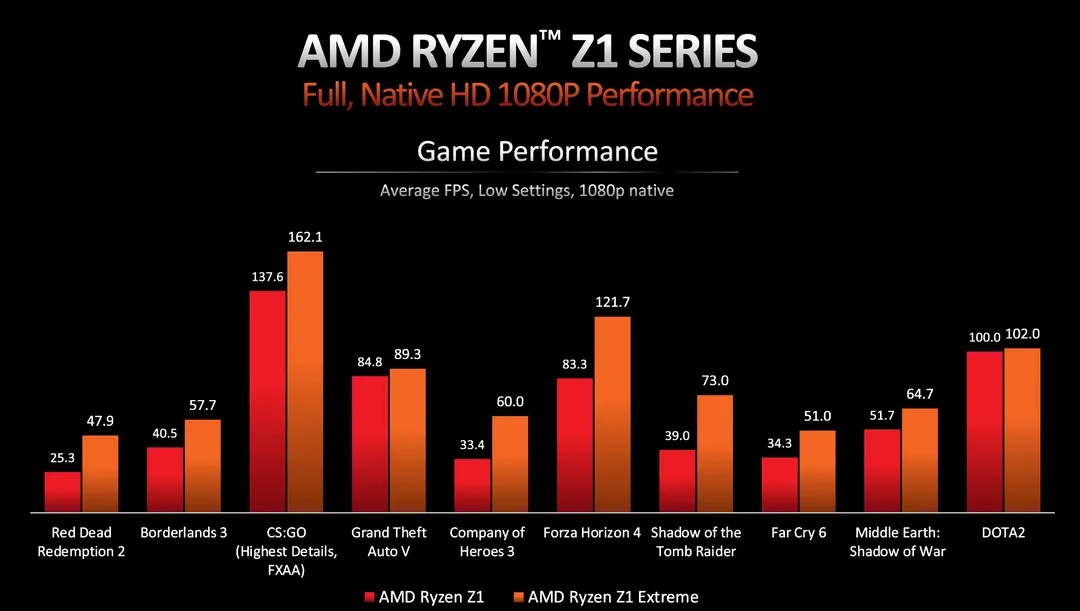
But, I have to say, even the Z1 Extreme numbers don’t look that impressive altogether, framerate wise. For example:
- Borderlands 3 runs no problem at 60 fps on the Steam Deck
- Red Dead Redemption 2 runs well between 30 and 40 fps on the Steam Deck
- Shadow of the Tomb Raider already runs at 60 fps on the Steam Deck
And the list goes on. Sure, the Steam Deck would struggle to maintain this kind of framerate at 1080p, but it does not need to, since its screen is of a lower resolution. It looks like the ROG Ally won’t make your games look twice as smooth anyway.
Even if performance was a key differentiator, it would only be a very small part of the equation for a handheld PC. I, and many others, find ourselves trying to maximize battery life rather than performance alone when playing with the Steam Deck, as such devices are not known for consuming very little juice. Even if a game can run at 60 FPS, making it run at 40 FPS or 30 FPS on the Steam Deck is usually a good trade-off, still looking great and consuming about 30% less power.
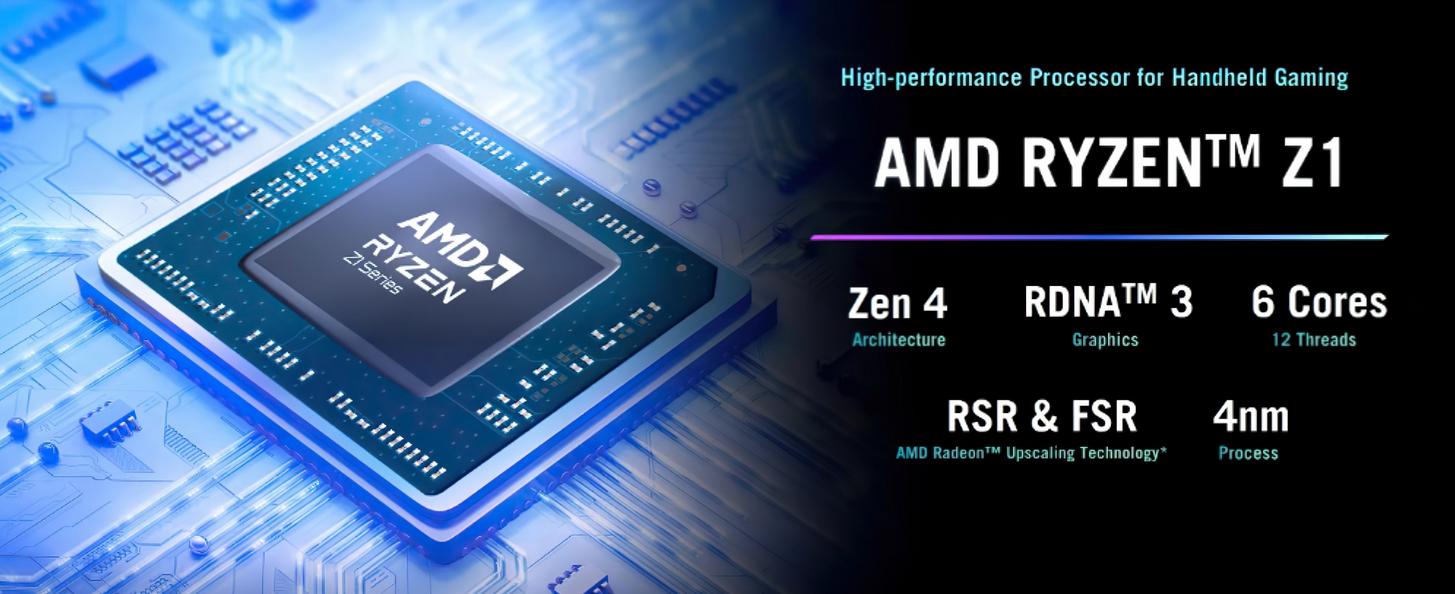
When it comes to Power usage and Heat dissipation, there’s no miracle here. Mobile processors haven’t become twice more efficient on the same die size in the past 12 months, and high performance will be very much correlated with higher power consumption. On a device of this size, heat dissipation is going to be a major issue, which means it could get very hot, or the fans will end up becoming very noisy, or both. Asus has announced that the ROG is using a dual fan system, which means they have a lot of heat to remove out of the unit…
The ASUS ROG Ally also features a 120 Hz 7 inches 1080p screen, and there’s no way that this kind of screen does not increase power consumption over what we have on the Steam Deck. Probably a few watts more, and this will also negatively impact the power consumption of the device since it has to push more pixels at a potentially higher framerate. Besides, 120Hz on this kind of device is completely useless since most games will never hit 120Hz anyway - it sounds like they are just recycling some screen used for mobile phones here. Running modern, recent games at 60 FPS may require FSR as well from a lower resolution, and FSR from 720p to 1080p looks absolutely awful so I am not sure they have a win there with this kind of screen.
All of this may lead to a shorter battery life, since on paper the battery capacity is the same as the Steam Deck’s battery.
Weakness in Design
The whole device seems also designed quickly to look like a generic handheld. It has worse Controls than the Steam Deck, it’s not even comparable. There’s no trackpad on the ASUS ROG Ally, which means good luck playing any mouse driven game or FPS that requires any kind of precision aiming. It is not clear if they plan to have gyro as well, but that removes a lot of games that are otherwise very practical or enjoyable to play on the Steam Deck because of its versatility. And it’s not just FPS, the trackpads with their mappable zones can also be used to emulate keyboard actions for games that were never made for a Gamepad.
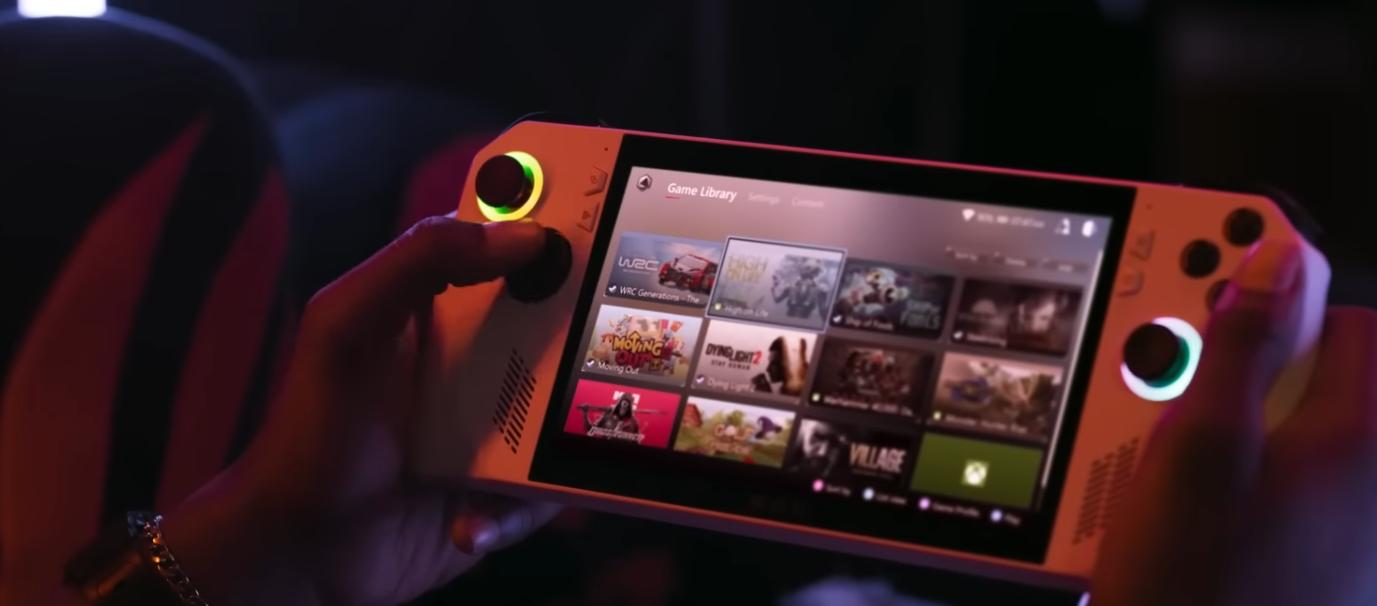
Let’s not forget that the 1080p screen brings a new problem on its own, design wise. Small text in games. 1080p on 7 inches is problematic for quite a few games. For example, Cyberpunk 2077 on the Steam Deck is Verified, but that’s almost stretching the definition of how readable the text is - some of the text in-game is very, very small at 800p, and going to 1080p in the same screen size will make it unreadable for sure. And that’s just on one game.
Most games on PC are made and tested to run on 1080p for screens that are at least 20 inch in size - many won’t scale down well to 7 inches. Which is also the whole purpose the Verified/Playable rating from Valve, and we know that only a minority of games reach the Verified status currently.
Hardware / Software Integration
When it comes to Hardware / Software integration, the ASUS ROG Ally is going to fail hard. What Valve has done with SteamOS is work that spans over several years, focused entirely on having a great UI atop the chosen hardware. Being able to modify on the fly the TDP of the device, the variable frame rate of the screen, etc. are not going to be possible within the Windows Steam client on the Asus ROG Ally. That may sound like a detail, but it’s not. Once you are used to this kind of seamless integration, a device that does not have that will feel inferior in every way.
This also brings us to the topic of Long Term Support and Updates. Valve has a key business incentive to keep the Steam Deck alive and well - it’s a platform that they own, and that they can customize as much as they want, and that is likely increasing the number of games sold for each user. ASUS has no incentive to provide years of support for their hardware - device support is just going to be another cost center for them, that they will minimize as they move on to the next ASUS ROG Ally 2 or whatever they choose to call it.
Windows 11 is another problem. Of course, you can assume it will run 100% of Windows games by default, but it’s not an OS designed around gaming like SteamOS is. If you have tasted the Steam Deck, going back to a whole OS that’s made to do everything under the sun will probably look akward. Unless Microsoft prepares a “gaming mode” for Windows 11 as it’s been rumored, I don’t see Windows 11 being a great advantage here. Enjoy your automated updates when you least want them! On top of that, you will have to do your own driver updates, or use whatever proprietary crapware that ASUS decides to bundle to keep their device up to date. Does not sound like a console-like experience at all.
Some people have suggested that you could just put SteamOS on it and enjoy a better experience. But that’s wishful thinking - currently, there is no official version of SteamOS that you can use on just any device out there. And even if there were, we have no idea if the hardware would be fully compatible - touchscreens, wifi/bluetooth chips tend to have proprietary drivers more often than not - and we can even question how soon the Z1 and Z1 Extreme will be properly supported and optimized for Linux as well. So, it does not sound like a viable option as of now, unless something changes before its release.
Business Model and Pricing
We don’t know the exact price yet, while the rumors put it at 699 USD for the first model. Assuming this is correct (we should know very soon, on May 11th as ASUS plans to have a webcast) this will be the biggest bottle-neck. 700 USD for the base model seems fairly expensive, and will severly limit the market. Valve broke new ground when their device was priced at 400 USD for the cheapest version. 300 USD more will mean there’s no way you will sell millions of them. Especially during a global recession. In Japan, the 512 GB models of the Steam Deck costs about that much and are the staying on the shelves of the Edion Store where it was first sold, because the price is just a little too high.
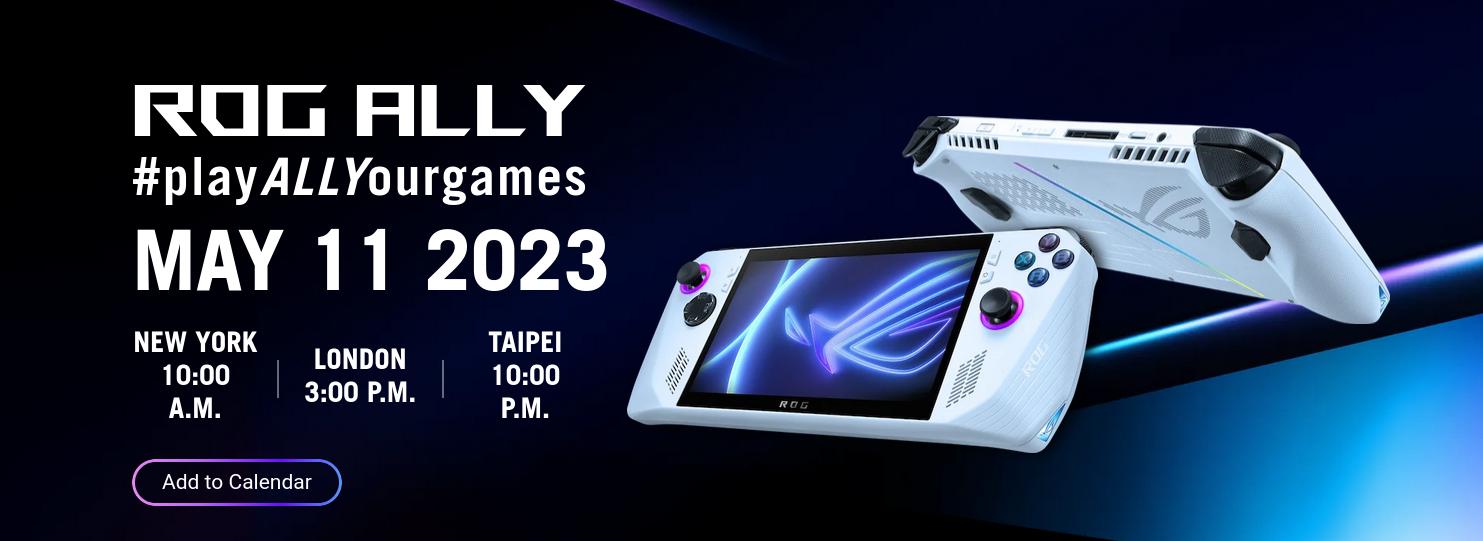
But the final cut comes from the Business Model. Valve can afford to sell a device “at cost” if they want to, since they expect most users will be running Steam and therefore increase their Life Time Value at the user level by purchasing more Steam games down the road. ASUS has no such business model, they will have to make money on the hardware and therefore won’t be able to go down very low in pricing: their added value comes from making premium hardware that nobody else offers, which they can sell at a premium margin. You can forget about seeing an entry model at 400 USD from them - it would never make sense financially.
Also, Valve is only going to get stronger from there, just like Apple did when they introduced the first iPhone. Once you establish the market and you can confirm that you can easily sell millions of devices, you end up with a lot more leverage with AMD and other hardware suppliers: bigger orders mean cheaper components, and lower prices for the end user, too, which is not something that a premium brand like ROG can expect if they target a much higher pricing.
Where the ASUS ROG approach has advantages
While it may sound like I expect the ROG to sell badly on the market, let me also mention that they have some key advantages on the market compared to Valve.
First, they have an established design team with savoir-faire and the manufacturing operations to match. The Steam Deck has a great external design, but has several internal flaws (some units shipped with a noisy fan, the battery is glued with an audio cable going over it making its replacement hazardous) that an established manufacturer would probably avoid.
Second, Asus has an established physical distribution network - something that Valve does not have, and that will make it hard for Valve to penetrate the mainstream market. ASUS can launch and expect to raise the visibility of their device pretty quickly in stores around the world where they currently sell their business and gaming laptops. I would expect they could scale up production to match the demand in case sales prove to be very good, something that the Steam Deck struggled to achieve for a long time.
Third, they benefit from the halo effect of the ROG brand. In the PC gaming market, ROG is well known and advertized in esport events. They don’t have to build their reputation from scratch.

Finally, they may be second-movers (or third-movers if you count GPD as being the first) on the market after Valve, but they now probably know what to expect in terms of market size based on what they could study from Valve’s go-to-market strategy. The first mover on a new market may make many mistakes before finding a sweet spot, things that second and third movers can learn and benefit from, if they carefully observe the situation.
ZMOT, FMOT and SMOT
This may be new terminology for you, but those concepts are frequently used in marketing to describe key moments that impact a product’s success, articulated around “Moments of Truth” which are key timings that matter for a potential buyer.
-
ZMOT: Zero Moment of Truth - this is all about brand awareness and discovery of the product. If you do advertising, if people talk about your product, this will lead to a better ZMOT factor: more people are likely to consider your product. If you product is present in physical stores, this will also play to strengthen the ZMOT factor.
-
FMOT is usually the first impression you get in stores, before using the product. This won’t matter as much here, because it’s not likely that you will see the ASUS ROG sold next to the Switch or the Steam Deck in the same place - and chances are most of them will be bought online. We can skip this one, it’s hardly relevant here.
-
SMOT: Second moment of truth is after experiencing the device yourself. This is where all of my previous comments matter. The ASUS may have some advantage on the ZMOT part once they launch, but I believe it will feel like an inferior product compared to the Steam Deck, all things considered, despite having better performance on paper. Great SMOT matters a lot, as it will feed back into positive word of mouth (also a part of ZMOT) and will ensure that the device gets continued success over time, in case new versions come out.
I expect the ASUS ROG to do great at first in sales (peak with advertising, physical distribution and word of mouth) but lose momentum over time as people will realize it’s not as good or as versatile as the Steam Deck. Of course, I could be wrong, so let’s see what happens when the device launches later in the year.

The Copycat Factor and the Risk of Commoditization
Last but not least, the ASUS may find itself quickly with a sea of “me-too” products, generic handhelds with the same hardware and very similar design, at potentially better pricing. Ultimately how do you differentiate on this market? The Steam Deck is THE device you use if you want to focus on Steam games. A device like the ASUS ROG Ally does not own anything: every game you’d play comes from a third party platform - anyone can virtually manufacture and sell a Windows 11 device with the exact same characteristics.
The ASUS ROG Ally model may lead to a commoditization of the PC Handheld market, just like we have seen this happen year after year with ARM SOCs used for cheap portable handhelds that all run more or less the same stack for emulation of older hardware.
If commoditization happens, this means faster product cycles, lower, razor-thin margins to fight on pricing, and a race to stay relevant while suffering from a potentially diminishing share on the market. This is a market where cheap, efficient hardware makers excel, and where brands that want to sell at premium pricing like ROG may suffer. Usually strong innovators can survive in commodity markets, by being ahead of the curve of what everyone else can replicate. In the mobile phone market, Apple and Samsung usually push the boundaries before other competitors can follow, benefiting very high volumes and strong partnerships with key component providers. Other companies fight for the crumbs of the rest of the market, and many companies give up on the phone market: LG, Motorola, HTC, Nokia, Microsoft…
Valve and its Steam Deck is likely to remain ahead of the curve, because they have (mostly) created this Handheld PC Gaming category and designed a winning hardware/software proposition that gathered great feedback. This gives them ample space to further iterate and come up with new ideas, new concepts to try out. The ASUS ROG needs to generate results fast, because it’s a public company, and its investors need to be convinced that this is the right move. The Year 2022 results for ASUS were pretty bad following the growth observed during the pandemic:

ASUS is betting on gaming as a new growth engine… as long as they can carve out a place for themselves.
Shared Wisdom?
Let me finish on this random poll I conducted a few days ago on our Mastodon/Fediverse feed. Many of our followers have a Steam Deck, or intend to get one. Here’s what they thought about how it compares with the ASUS ROG Ally:

Of course, the majority can always be wrong.
Still… that seems like of people will need convincing.
